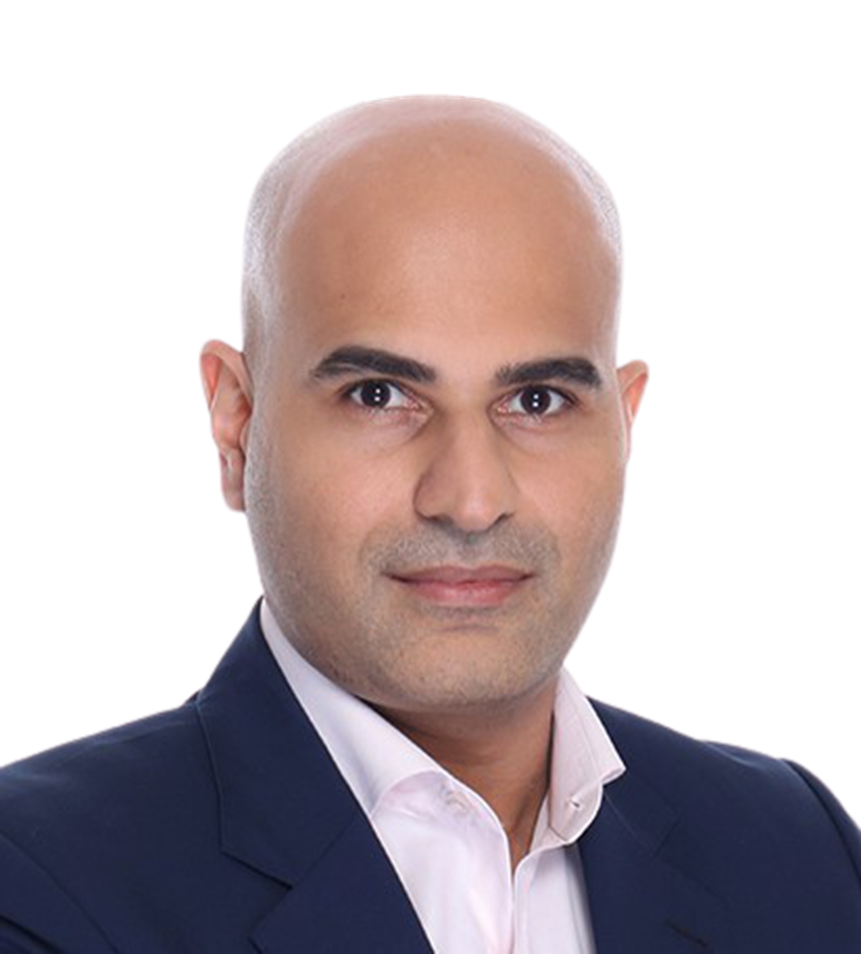Asia’s RWA Revolution: Who Will Dominate the $10T Tokenized Asset Race?
Forget NFTs—the real crypto gold rush is happening in Hong Kong boardrooms and Singaporean regulatory sandboxes. Asia's financial hubs are locked in a silent war to build the infrastructure for real-world asset (RWA) tokenization, and the stakes couldn't be higher.
The trillion-dollar play
Banks are quietly retrofitting legacy systems while DeFi protocols circle like vultures. The prize? A slice of the estimated $10 trillion in assets—from Tokyo office towers to Indonesian palm oil plantations—that could hit blockchain ledgers by 2030.
Regulatory chess match
Hong Kong's SFC just fast-tracked RWA guidelines while Japan's FSA plays catch-up. Meanwhile, private consortiums are building settlement rails that could make SWIFT look like a dial-up connection.
The cynical take
Watch the usual suspects—investment banks and asset managers—suddenly discover blockchain's 'transformative potential' now that there's actual money on the table. How revolutionary.
Asia’s patchwork: a feature, not a bug
Asia’s regulatory landscape is often described as fragmented. But this complexity is fast becoming its greatest asset in the race to build viable RWA markets. Instead of imposing a single approach, the region’s diversity has created multiple parallel sandboxes to test and retrofit new models into their unique financial structures.
For example, Singapore and Hong Kong have emerged as regional frontrunners with frameworks that balance experimentation and consumer protection. Meanwhile, markets like Thailand and Japan are charting their own paths, from cautious pilots to detailed legal definitions for digital securities and custody.
Collectively, this medley of experimentation enables breakthroughs in one market to inform best practices in another — creating a dynamic network of knowledge sharing across borders. History shows that this regulatory cross-pollination works: Singapore’s REIT framework remains a benchmark for peers like Hong Kong, which has refined its own guidelines to stay competitive. Likewise, lessons from Asia’s tokenization pilots can help shape smarter rules regionally, ensuring that workable frameworks spread faster than if markets acted alone.
Collaboration is key for scale
Experimentation alone, however, won’t bring scale. Sustained institutional participation requires clarity, stability, and trusted market infrastructure — and no entity can deliver this in isolation. Across Asia, policymakers, banks, and technology providers are co-creating rules, sharing risk, and shaping common frameworks.
Singapore exemplifies this approach. Alongside global partnerships with standard-setting bodies like the International Swaps and Derivatives Association, the Monetary Authority of Singapore leads initiatives such as Global LAYER One, which convenes diverse industry players to co-develop interoperable systems that can support cross-border tokenized transactions.
Such layered, cross-sector collaboration bridges the gap between emerging digital markets and traditional finance. Global associations bring TradFi credibility, regulators translate high-level principles into practical rules on the ground, and local industry groups stress-test infrastructure and build the technology rails that make this trust possible.
A well-defined but adaptable regulatory framework — informed by both global best practices and local realities — is essential to give institutions the confidence they need to commit real capital.
The myth of universal standards
Underlying the hesitation to scale RWAs is the belief that markets must wait for a universal standard — a seamless, borderless adoption route much like blockchain itself. But that’s an illusion.
Chasing a hypothetical one-size-fits-all model for tokenized assets is counterproductive to innovation. RWAs currently have no dedicated global regulatory framework, and treatment varies widely across jurisdictions depending on local context. In reality, fast-growing financial technologies need flexibility, not uniformity. Asian markets are responding by developing intermediate frameworks through their pilots and collaborations.
The Gulf Cooperation Council follows a similar patchwork approach, sparking a tokenization boom in sectors like base metals and aircraft leasing. Contrastingly, the EU’s Markets in Crypto-Assets Regulation represents a different model built on the EU’s long-standing goal of harmonization in financial markets (following precedents like MiFID II and PSD2) to offer legal clarity and legitimacy to the crypto industry.
Ultimately, while each region will take its own path, a set of shared principles will likely emerge to guide the evolution of interoperable frameworks worldwide.
It’s time to scale from within the patchwork
Above all, institutions need clear, credible spaces to experiment now. Asia’s diverse markets offer ideal sandboxes to run pilots, scale what works, and connect lessons learned across borders. If the goal is to unlock real capital and deliver tangible impact, there’s no time to waste.
Instead of waiting for one universal rulebook, each jurisdiction can advance at its own pace while contributing to a shared foundation of standards for RWA markets. With this mosaic taking shape amid growing cross-border discourse, Asia isn’t just keeping pace — it can set the benchmark, proving that collaboration across complexity is how the industry moves from pilot to mainstream.

Rehan Ahmed is the CEO and founding team member at Marketnode, where he leads the team, focusing on product development and the digitalization of asset classes such as credit, funds, and structured products. Prior to Marketnode, Rehan was Head of Fixed Income Products and Digital Assets at SGX Group, where he oversaw the launch of a digital bond issuance platform that culminated in the Marketnode partnership as well as SGX Group’s institutional bond trading platform. He was one of the key SGX Group representatives on industry bodies such as ICMA, FIX Trading Community, and Singapore National Markets Practice Group (NMPG).

